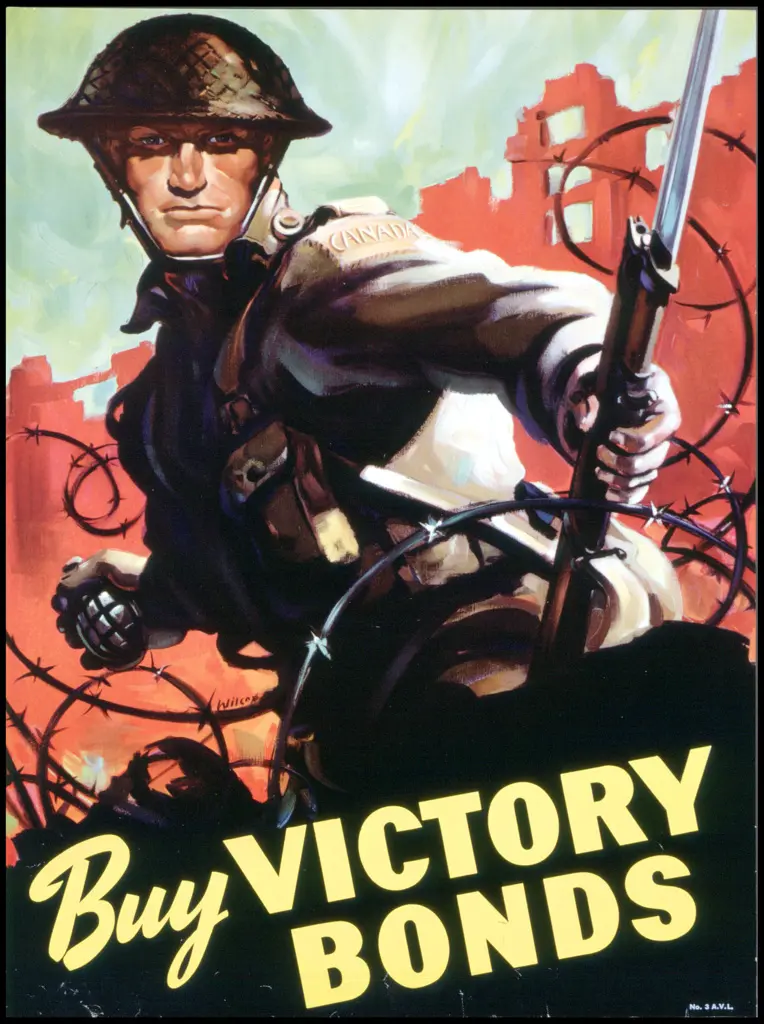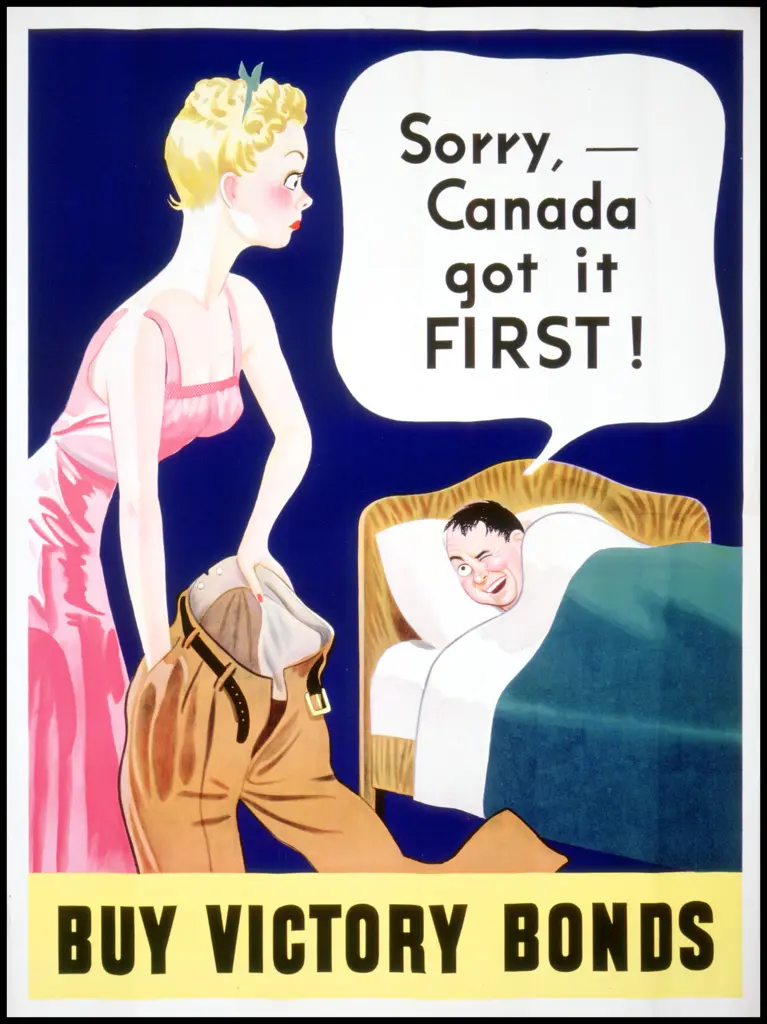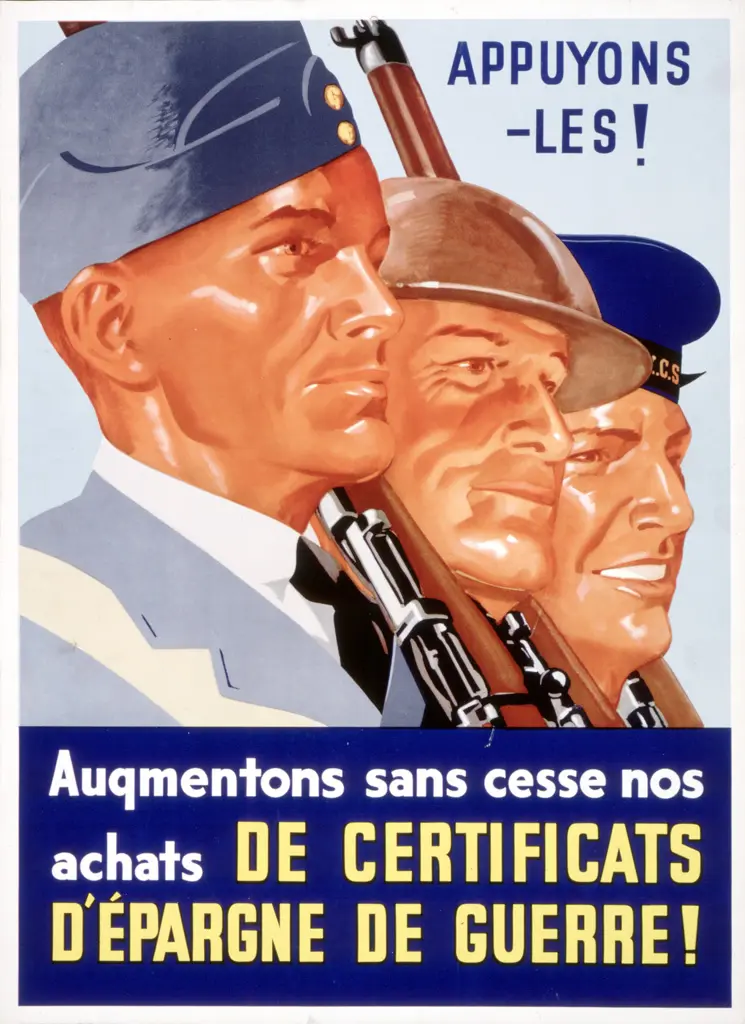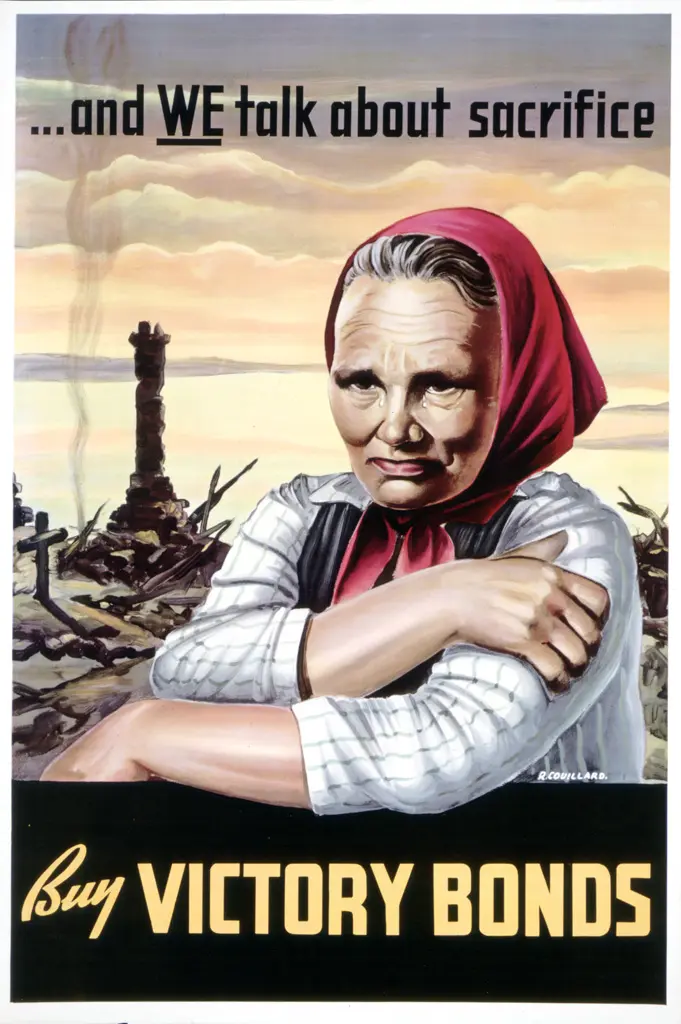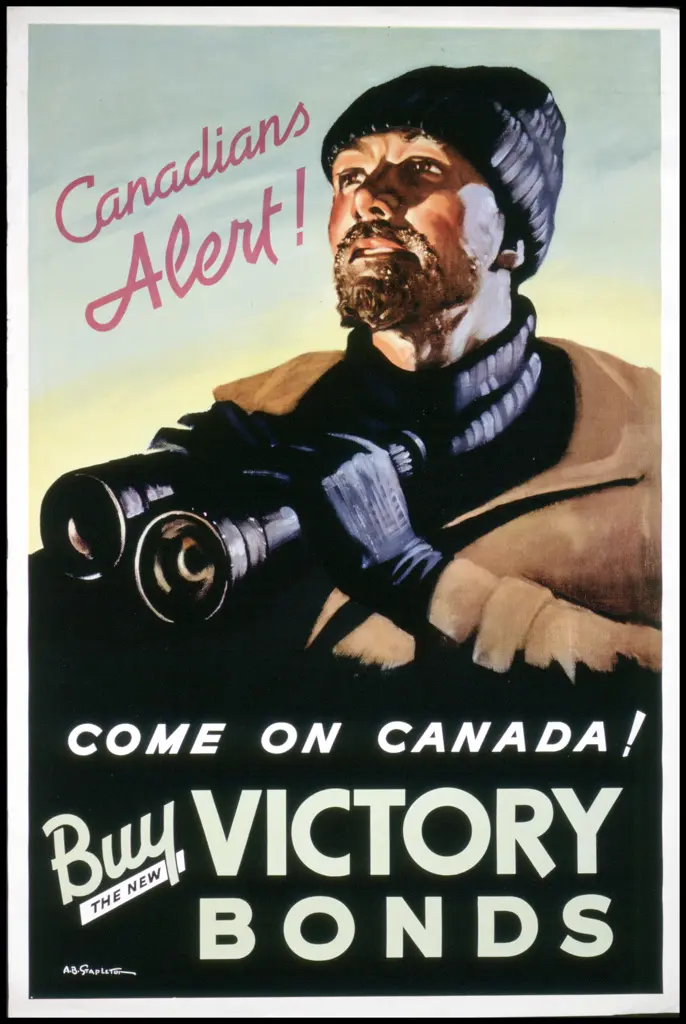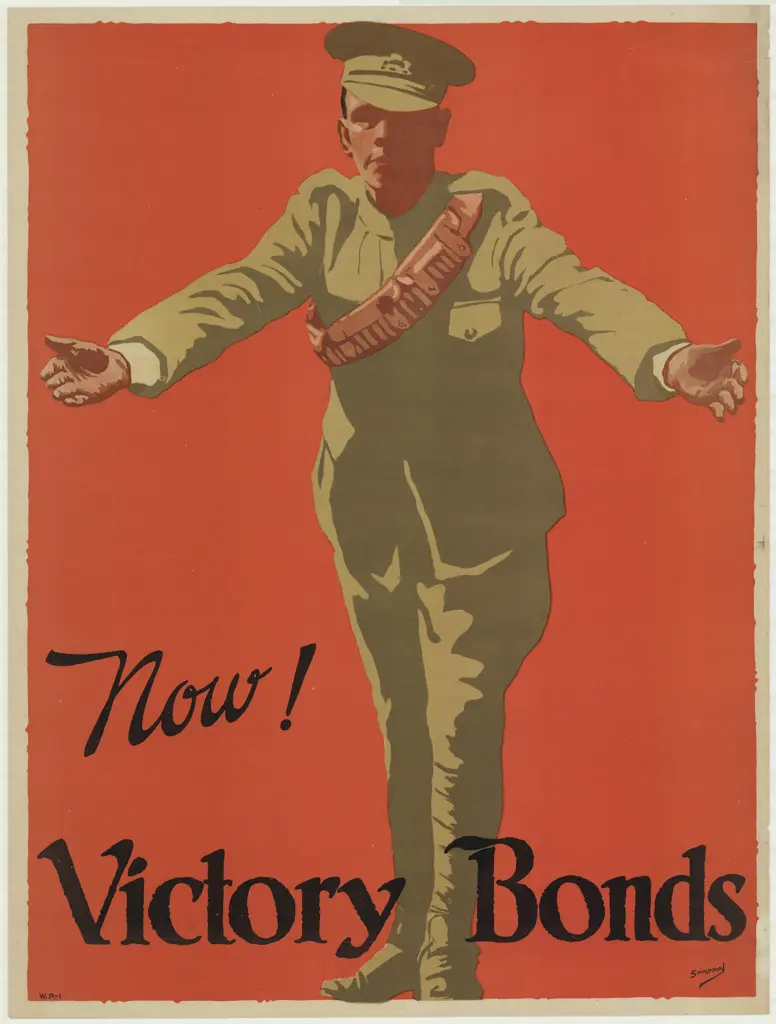
Introduction
The invention of the lithographic printing press in 1798 and three-stone colour lithography in the 1860s made low-cost, mass poster printing possible. During the First World War, when governments reached out to the public for their support, posters were widespread communication tools.
Hundreds of thousands of war posters were printed and displayed on billboards, in store windows, in factories and in other popular gathering places. While most posters were produced by the government, there were many privately commissioned posters by local regiments, corporations, wealthy individuals and charitable organizations.
War posters generated a significant increase in business for major printing firms in Toronto, Hamilton and Montreal. Graphic designers, who often remained uncredited for their designs, were more in-demand thanks to the war poster industry too.
Support for Britain and the iconic John Bull
At the outbreak of the First World War, Canada was politically linked to Britain through its constitution. Canadians themselves felt a strong sense of patriotism toward the United Kingdom and support for Britain was a theme that appeared over and over in Canadian war posters.
British toughness and steadfastness during times of crisis was often represented by an image of John Bull, a cartoon character originally developed by English satirical artists in the 1790s. John Bull appeared as the dependable, stoic, country squire in the London magazine Punch during the late 1800s and early 1900s. His image frequently found its way on to Canadian posters as a British icon.
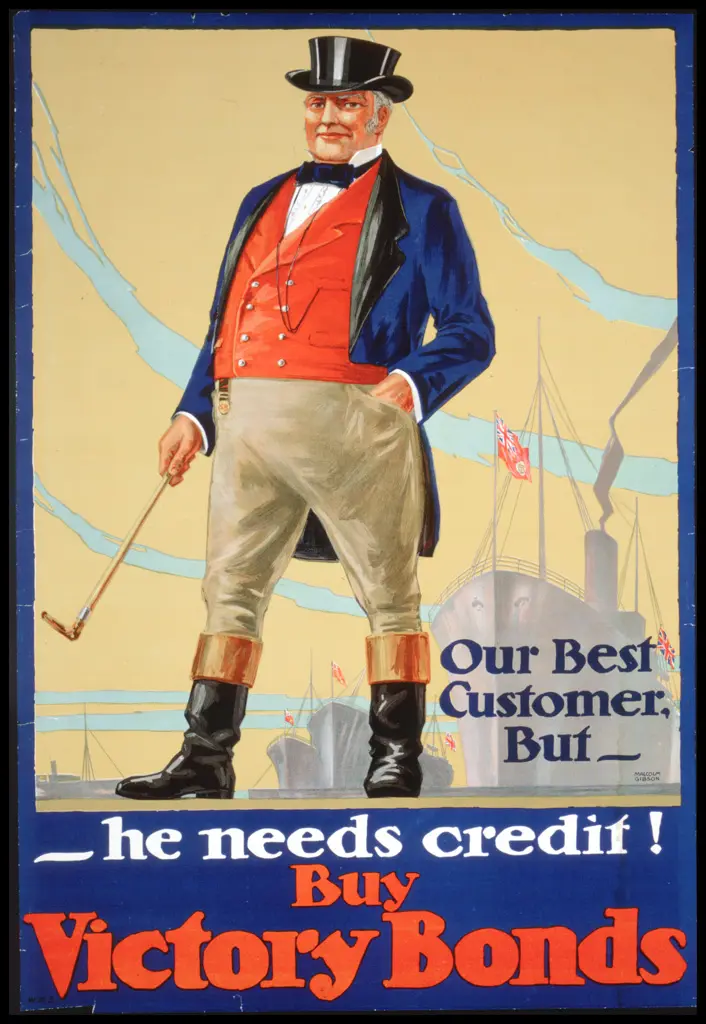
Themes from the motherland
Throughout the war, the design of posters was similar to those originating in Britain and echoed many of the same themes. Typically, the posters were designed to encourage the public to invest in government Victory Bonds to help pay for the war, increase manufacturing productivity, donate money to organizations such as local societies of the Red Cross and Patriotic Funds and, more importantly, to encourage eligible men to join the armed forces.
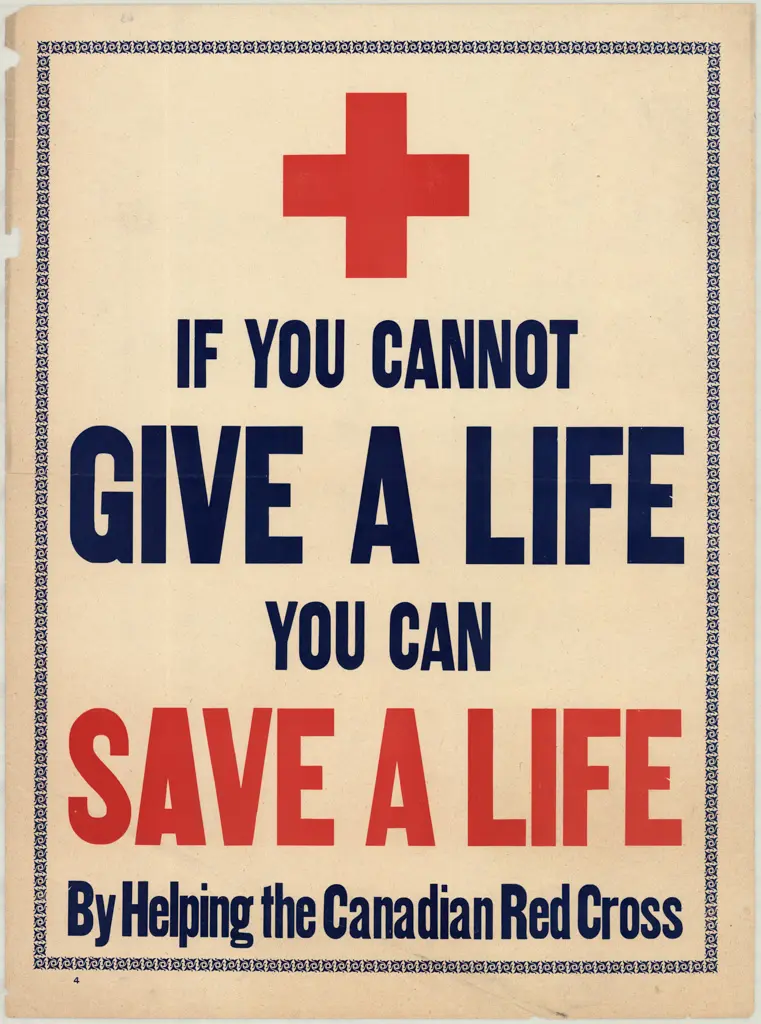
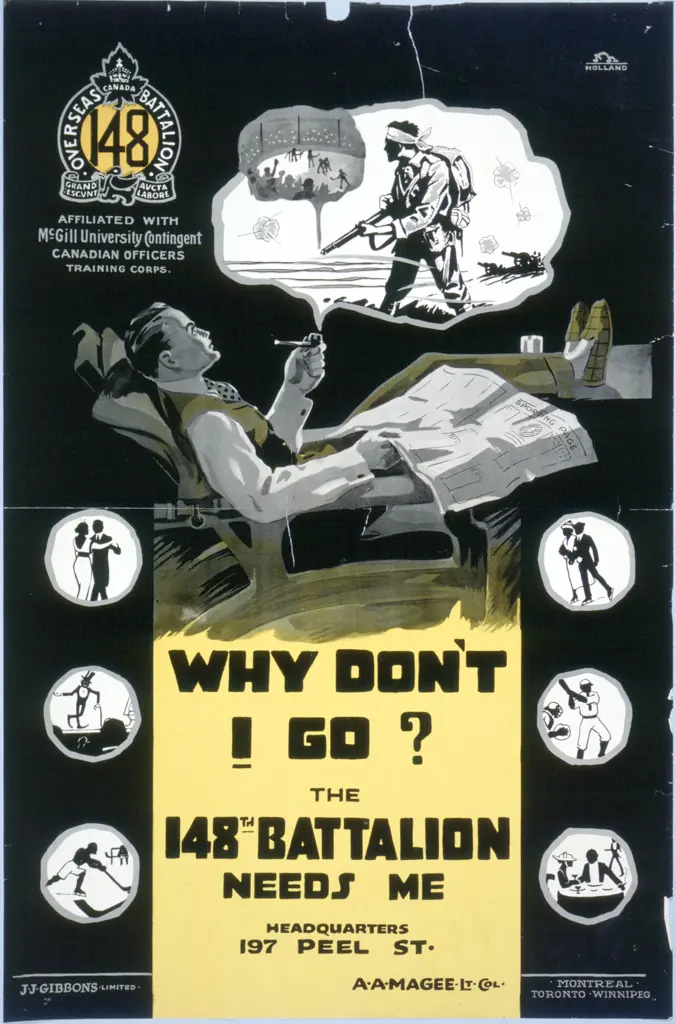
Customized volunteer recruitment
Conscription in Canada did not occur until 1917, so to replace casualties and increase the size of Canada’s commitment to the conflict, we had to rely almost entirely on volunteers. Unlike the approach taken by British posters, those produced in Canada were often designed to resonate with specific cultural and ethnic groups such as French Canadians and people of Scottish and Irish descent.
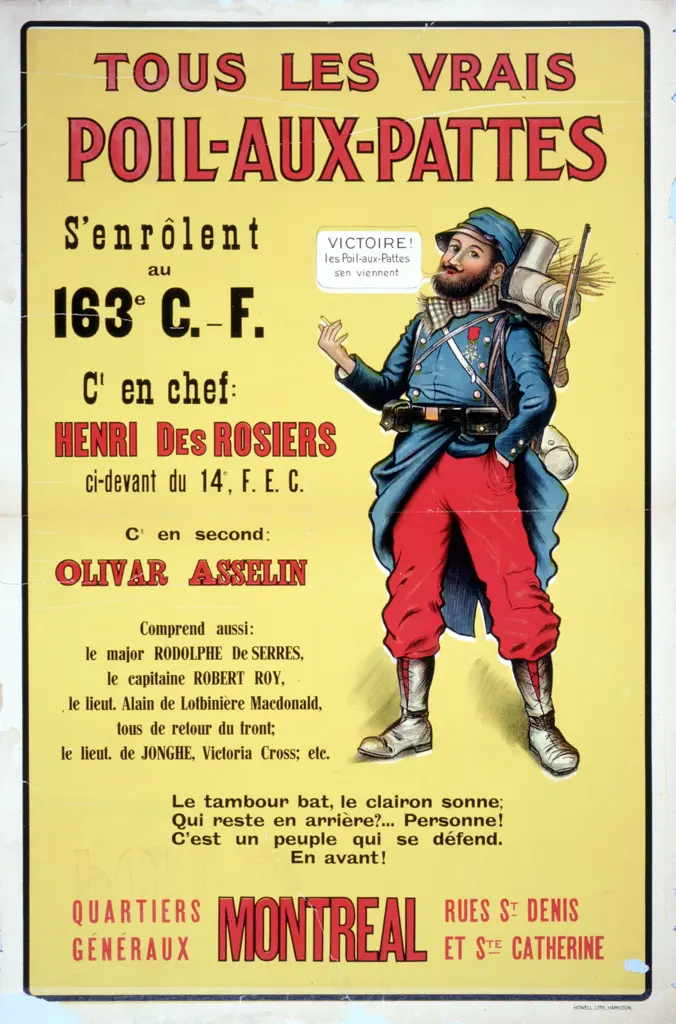
Room for making fun
Canadian posters were also different from other countries in that the posters tended not to focus on violence in their design. A hostile army wasn’t invading Canada, so there was space to make a point with humour. Often poster designs used ridicule as a theme when referring directly to the enemy.
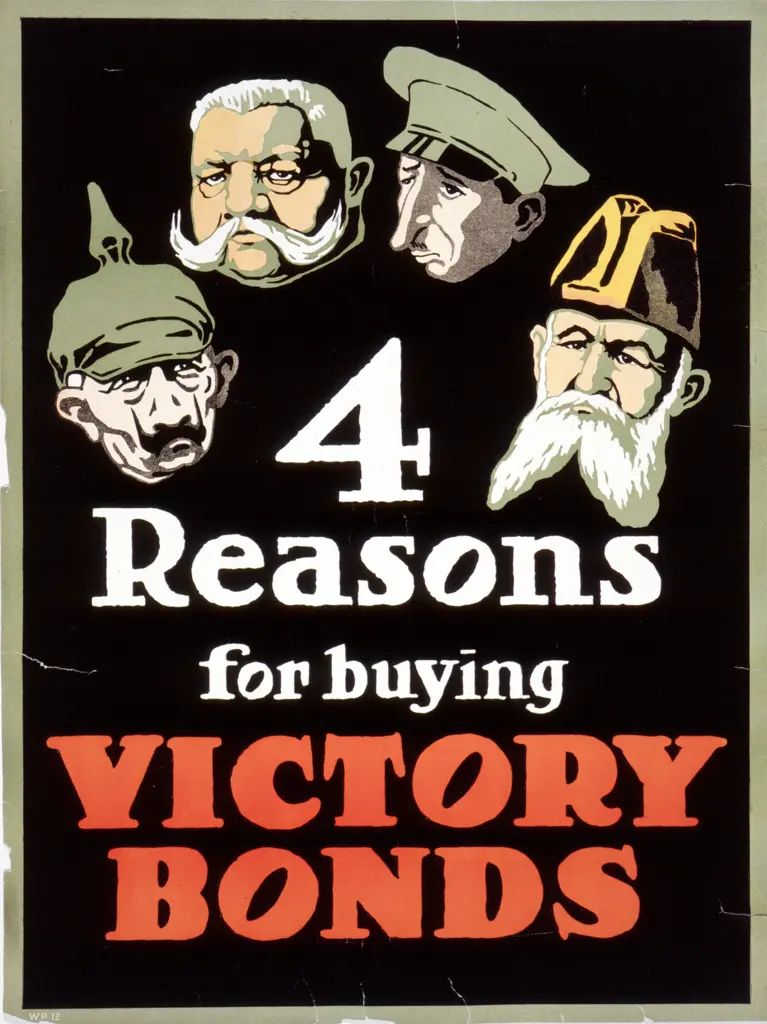
The big impact of a little poster girl
Miss Faith Berry of Toronto, who posed for the picture used in this poster, was given a $500 bond and a bouquet of flowers in recognition of her contribution to the war effort. Her contribution turned out to be significant, as this 1917 design accounted for over 75,000 posters and contributed to the raising of $419 million in two weeks.
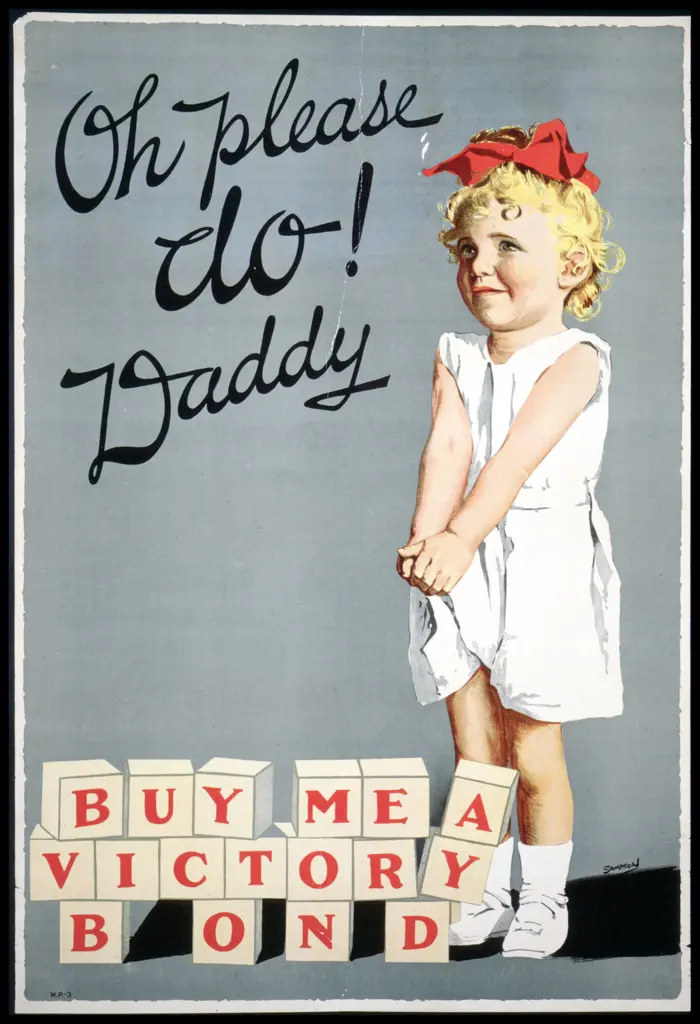
Second World War posters
The recruiting and financial needs of the First World War re-emerged in 1939 when Canada was drawn into war again. Second World War poster production was centralized under the Bureau of Public information, which became the Wartime Information Board in 1942. Poster design differed between the two wars: World War One posters were often text heavy and naive, while Second World War posters used short, direct slogans and very strong graphics. Here are a few Second World War posters from our collection.
Back to: Exhibit home
Canadian Posters from the First World War
Next up: Chapter 02
Victory Bonds
Looking for more records?
Search our collection
